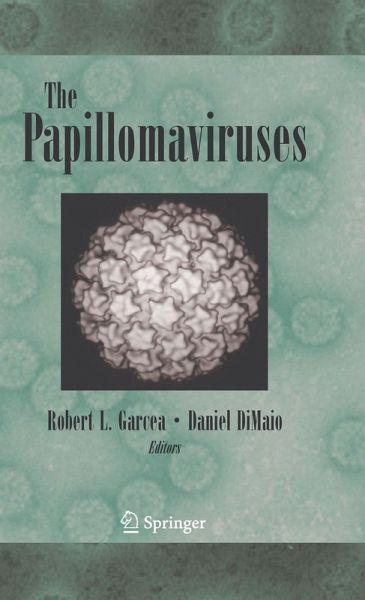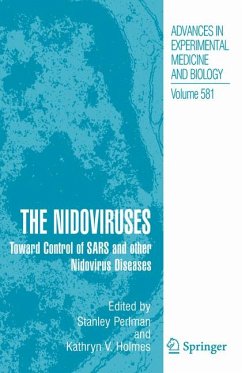
The Papillomaviruses (eBook, PDF)
Versandkostenfrei!
Sofort per Download lieferbar
112,95 €
inkl. MwSt.
Weitere Ausgaben:

PAYBACK Punkte
56 °P sammeln!
Our understanding of the biology of papillomaviruses has increased dramatically over the past 25 years. Before then, the lack of a facile tissue culture system had left this virus family behind the other "DNA tumor viruses," such as SV40 and murine polyomavirus. However, with the advent of molecular cloning and other new techniques, coupled with the pivotal stimulus given by connecting HPV infection and cervical cancer, the field has flourished. This progress has culminated in the development of the first true anticancer vaccine, using vir- like particles of the HPV16 and 18 capsid proteins. A...
Our understanding of the biology of papillomaviruses has increased dramatically over the past 25 years. Before then, the lack of a facile tissue culture system had left this virus family behind the other "DNA tumor viruses," such as SV40 and murine polyomavirus. However, with the advent of molecular cloning and other new techniques, coupled with the pivotal stimulus given by connecting HPV infection and cervical cancer, the field has flourished. This progress has culminated in the development of the first true anticancer vaccine, using vir- like particles of the HPV16 and 18 capsid proteins. All investigators in the field should take pride in their contribution to a wonderful scientific journey with such a spectacular humanitarian outcome. Their basic studies, technological innovations, and clinical investigation serve as a model of the positive impact of science in society. The obvious difficulty in assembling a book about any rapidly moving sci- tific field is that many observations may be out of date by the time of publication. Given the rate of progress in papillomavirus research, this text may suffer in this regard. However, the release of the HPV vaccine completes a major era, which should be marked by a summary of the work to date. In this summary, we have emphasized the biology of papillomaviruses as well as their clinical importance. Many of the lessons learned have obvious relevance to other viruses and cancers, and they illuminate new pathways to oncogenesis. These lessons stand alongside the vaccine as monuments of progress.
Dieser Download kann aus rechtlichen Gründen nur mit Rechnungsadresse in A, B, BG, CY, CZ, D, DK, EW, E, FIN, F, GR, HR, H, IRL, I, LT, L, LR, M, NL, PL, P, R, S, SLO, SK ausgeliefert werden.













